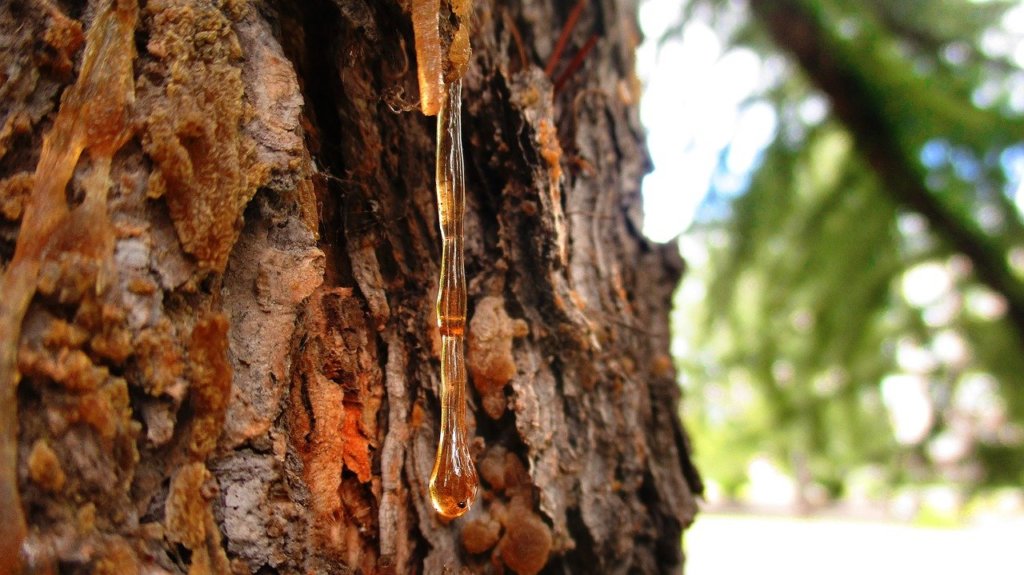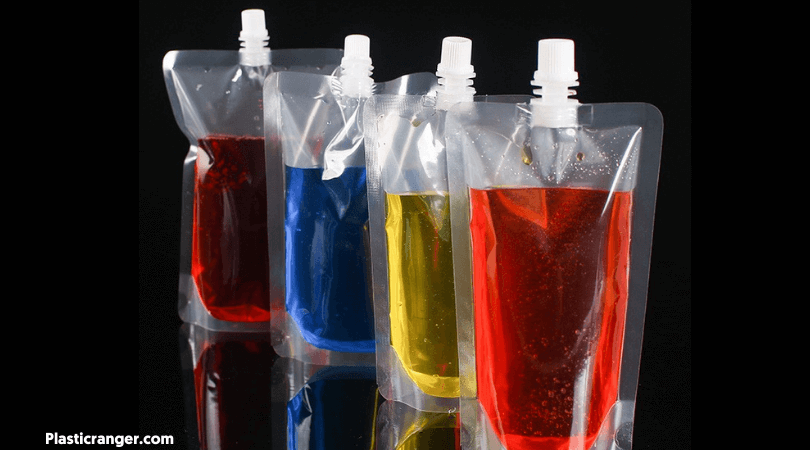Hello, people. Today I will be talking about plastisol. I will be clearing all the doubts that make people scratch their heads. Without further ado, let’s get started.
What is Liquid Plastic?
Liquid plastic, or plastisol, is a primary source of soft lures. When heated to around 177 °C, this thin white liquid transforms into a pliable, transparent plastic without additional catalysts. Its ease of use is remarkable, requiring only heat application until it reaches a transparent, adhesive, or viscous state.
The stiffness of the final product can be changed conveniently by adding a plastic hardener or softener.
Unused plastic can be remelted and used multiple times. However, excessive heating will cause discoloration.
The Differences Between Liquid Plastic and Resin

There are different types of resins – Natural and synthetic. The latter includes mainly two types – Thermoplastic resin and thermosetting resin.
Natural resin and liquid plastic (plastisol) are very different. The “resin” is a sticky and slimy substance that plants secrete.
It’s a thick natural liquid used by plants for protection and healing.
Natural resin’s primary attribute is that it will harden and transform into a good and transparent substance.
It is tough to obtain, making it very expensive, and primarily used in furniture making.
Talking about Liquid plastic, It’s a synthetic version of natural resin primarily used in jewelry making. The term “resin” has a different meaning here; it’s an umbrella term for all the synthetically made viscous liquids that harden into a plastic surface.
The more popular term is “epoxy resin,” available in many shapes and sizes.
One such resin is also called thermosetting resin, and it imitates natural resins to the extent that it looks and feels like it both in terms of solidity and liquidity.
Thermosetting resins are one of the largest liquid plastic groups available: nylon and polyurethanes are prime examples.
Below is a table comparing the factors between both:
| Factors | Liquid Plastic | Natural Resin |
| Origin | An artificial material derived from petroleum products and sometimes from nylon, polyethylene, and PVC |
A natural liquid secreted by plants – inflammable and insoluble
|
| Durability | More durable | Less Durable |
| Meltability | Yes | No |
| Environmental problems | Yes | No |
| Appearance | gluey and transparent |
Dense and hard
|
Engaging Read – Melting Point of Plastics | The Ultimate Guide
Why Using Liquid Plastic is a Smart Choice?

Plastic liquid has numerous applications in furniture, consumer goods, electronic casings, floor coatings, footwear, wires & cables, etc.
Additionally, they’re available in abundance, making sourcing, producing, and supplying goods to the market faster and leaner.
However, liquid plastic’s most attractive property is its capability of resin casting.
In this process, plastisol will be blended with a during fluid and then filled in a mold. A chemical reaction will occur, making the blended resin harder and gaining the shape of the mold in which it was poured.
Once fully solidified, the casting is removed from the mold.
Depending on the caster’s choice, many modifications will or will not be made, like coloring, sanding, combining other molded components, etc.
The most common applications are toys, industrial applications, and dental castings.
On the contrary, natural resin is tough to find (so sourcing it for commercial purposes seems like a pipe dream).
Those factors combined make plastisol a million times better choice than natural resin.
Other Applications of Liquid Plastic Resin
Epoxy Resin: A thermosetting polymer, it is frequently utilized as an industrial adhesive and can reinforce and safeguard surfaces and furnishings through coating or lamination.
Liquid silicone rubber (LSR): A remarkably flexible material that finds numerous applications in various industries, owing to its distinct attributes.
Its exceptional heat resistance makes it well-suited for consumer hardware products, including microwaves and automotive parts.
At the same time, its ability to resist bacteria makes it an appropriate choice for food and medical-grade items.
LSR’s excellent electrical properties make it a desirable option for electronic goods.
Its highly advantageous features have also led to its popularity in liquid injection molding.
Polyester Resins: Clear and thick in texture, highly resistant to water and weather after completely cured.
This makes them ideal for outdoor applications such as waterproof linings, swimming pools, and other uses.
Furthermore, due to their beneficial properties, polyester resins are also helpful in the marine, aerospace, automotive, and construction industries.
Polyurethane: A highly robust and waterproof material utilized in several industries, mainly in flexible foam.
It is frequently used in home furnishings, such as bedding and insulating foam for refrigerators, as well as in elastomers like shoe soles.
FAQs
Below are the frequently asked questions on liquid plastic resin. Let’s dig deep to know more.
Can you pour the resin into plastic?
Yes, the resin can be poured into plastic. However, it won’t stick to certain plastic materials like plexiglass, silicone, and acetate.
What is liquid resin?
Liquid resin is a synthetic fluid that transforms into a durable solid when mixed with a hardening agent. The most popular liquid resins are polyester, silicone, and polyurethane.
Does resin break easily?
The resin’s solid pieces are improbable to break, but brittleness can vary from piece to piece. Thin pieces are more likely to break with a smack or impact.
What is liquid plastic roofing?
It’s a roofing system explicitly developed with liquid plastic. It is strengthened with a fiberglass membrane which can offer long life expectancy (life expectancy can be affected by the surroundings) on green, flat, or curved roofs.
Does epoxy eat through plastic?
Usually, epoxy doesn’t cling to bond with other plastics due to a lack of surface texture for mechanical bonds.
However, excellent binding between plastics and epoxy is achievable with good surface preparation.
What is liquid plastic used for?
Liquid plastic is mainly used for Resin Casting. It is a plastic casting process where the mold will be filled with a liquid synthetic resin, which then hardens.
Start-ups and smaller companies predominantly use it for small-scale productions such as prototypes and dentistry.
Suggested Read
- Top 10 Plastic Injection Molding Companies In the United States
- Food Grade Plastic: The Best Plastics for Food Applications
- Polycarbonate Vs. Acrylic | What are the Differences and Similarities?
The Takeaway
In conclusion, “liquid plastic” holds significant promise for many applications.
Its versatility, durability, and ability to conform to various shapes make it an attractive option for manufacturing, construction, and healthcare industries.
However, it is crucial to carefully consider the environmental implications and potential health risks associated with the production and disposal of liquid plastic.
Striking a balance between innovation and sustainability will be essential for maximizing the benefits of this material while minimizing its adverse impacts on our planet and well-being.
I would appreciate your sharing your thoughts about the article in the comment box.
Have a fantastic day.
Quick Navigation


Great and thought provoking article Sagar. Thank you!
I have two (2) quick questions for you…
Q1. Is resin casting a practical way to fabricate a weather-proof 3″x18″x120″ plank?
( ~5′ would be buried in the ground leaving ~5′ above ground to mount monitoring equipment on) Q2. How rigid and durable would a casting that size be?
Hey Mark, answering your first question, resin casting can work very well with a weatherproof plank but make sure you choose the right resin. Every resin has different applications.
Answering your second question, casting’s rigidity and durability completely depend on the resin products used. I would recommend using professional products to get good results. They are characterized by less shrinkage, good quality of flow, and good compatibility. You can go for resin offered by INCREDIBLE SOLUTIONS.
When u say liquid plastic is used with furniture making, how do u mean that? I am making a bench and a friend suggested it in place of polyurethane.
I need your help. Someone twisted my hair into a pony tail and hardened it with liquid plastic. What can I use to dissolve it please?